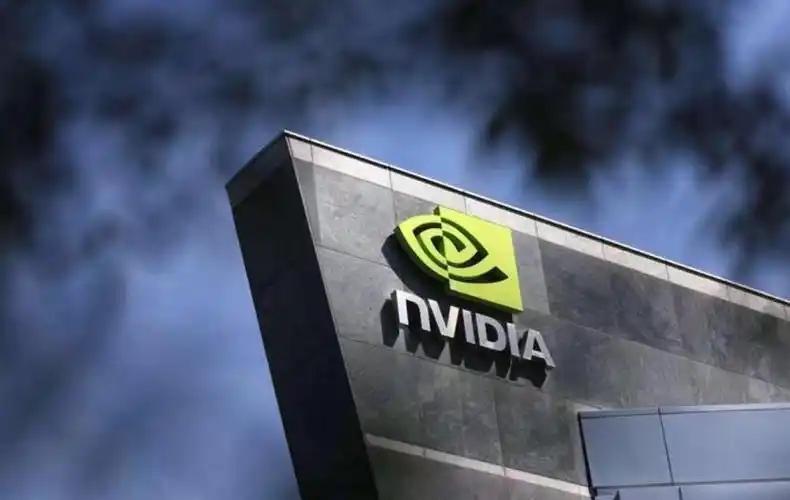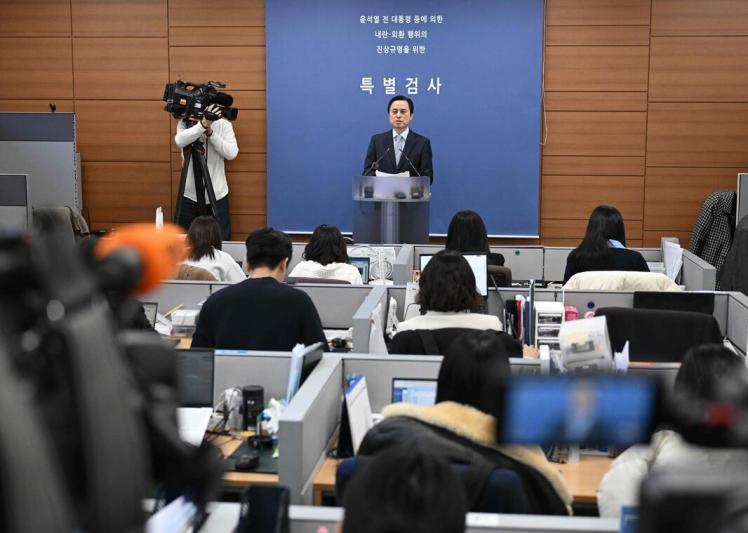
Recently, a heavy news in the field of science and technology has sparked global attention: AI chip giant Nvidia announced that it will join forces with a number of supplier manufacturing plants to produce AI supercomputers and other facilities worth up to $500 billion in the United States in the next four years. This plan not only marks a major strategic shift in Nvidia's global layout, but also makes waves in the semiconductor industry, international trade policy and other aspects, and Trump's statement that it is linked to tariff policy adds a complex color to this event.
From the perspective of Nvidia's own strategy, the construction of the entire industrial chain of AI supercomputers in the United States has multi-dimensional considerations. First, supply chain stability is a key factor. In recent years, the global supply chain has faced many challenges, such as trade frictions and the impact of the epidemic, making enterprises deeply aware of the risks of over-reliance on overseas production. For example, in the early stage of the outbreak of the epidemic in 2020, factories in Asia were shut down, resulting in a global semiconductor supply shortage and the production of many technology companies was blocked. By building a complete supply chain in the United States, from chip manufacturing, packaging and testing to supercomputer assembly, Nvidia can effectively reduce the interference of external factors in production and ensure the timeliness and stability of product supply.
Second, close to the market and customer demand. As the forefront of global science and technology research and development and application, the United States has a large number of scientific research institutions, Internet enterprises and financial institutions that have urgent needs for AI supercomputers. Local manufacturing allows Nvidia to respond more quickly to customer needs and provide customized solutions, while reducing product shipping time and costs and enhancing market competitiveness.
Third, technology secrecy and innovation collaboration. AI chip technology is at the forefront of technological competition, and production in the United States helps Nvidia keep its core technology secret and prevent the risk of technology leakage. In addition, it forms closer innovation collaboration with local scientific research institutions and universities in the United States to accelerate technology iteration and new product research and development.
Trump has always emphasized "America first" and is committed to promoting the return of manufacturing, and the semiconductor industry, as a key technology field, has naturally become its focus. White House officials have said Trump will launch a "Section 232" study on semiconductor imports and may impose new tariffs, and this uncertainty has made companies more inclined to produce in the United States to avoid the increase in tariff costs.
From the perspective of the global semiconductor industry landscape, Nvidia's plan will have a far-reaching impact. On the one hand, it may accelerate the reshaping of the global semiconductor industry chain. Semiconductor manufacturing has long been dominated by Asia, especially Taiwan, where TSMC is based, and South Korea, where Samsung is based. Nvidia's construction of an industrial chain in the United States will attract more resources to flow to the United States, such as capital and technical talents, which may break the existing industrial pattern and form a new advantage for the United States in the field of high-end AI chip manufacturing and AI supercomputer production.
On the other hand, it may trigger a chain reaction in the industry. Other semiconductor companies and technology giants may follow the example of Nvidia, reevaluate the global production layout, intensify the competition in the semiconductor industry in various countries and regions, and prompt more countries to increase policy support and capital investment in the semiconductor industry, promote industrial technological progress at the same time, may also lead to a new round of overcapacity risk.
Nvidia's plan to invest $500 billion in manufacturing AI facilities in the United States over the next four years is a product of the intersection of corporate strategy, geopolitics and industry development. It is not only about the future development of Nvidia itself, but also will reshape the global semiconductor industry pattern, and the role of Trump's tariff policy in it, but also make this event full of variables and challenges, worthy of continued attention and in-depth study.

YTN TV of South Korea reported on Tuesday (December 16) that the South Korean court plans to make a ruling on the charges of former President Yoon Suk Yeol for obstructing justice on January 16, 2026.
YTN TV of South Korea reported on Tuesday (December 16) tha…
On December 7, a new round of intense military conflict bro…
Recently, US media disclosed that the Pentagon is planning …
From three launch failures and a brush with bankruptcy to n…
Recently, a major piece of news has emerged in the US polit…
Against the backdrop of the Federal Reserve's third rate cu…